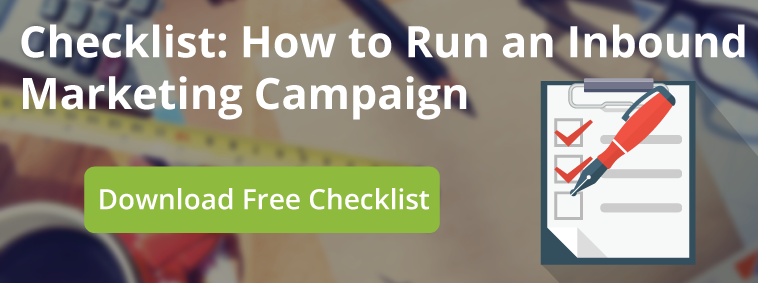The first thing I usually hear when I bring up inbound marketing with my friends is, “What the hell is that?” Good question. Kind of difficult to answer but I think our friends over at HubSpot have done the term justice. They describe it as, “the best way to turn strangers into customers and promoters of your business.” Not really informative to what inbound marketing is but it captures the essence of what is the most important online asset for your small business or nonprofit. Why? Because millenials, the greatest target audience for any business, is extremely responsive to inbound marketing and could become an extremely positive asset for your nonprofit. In’s and Out’s of Inbound: What is it? Inbound marketing isn’t much different from the marketing strategies that were in place before except inbound is more focused less on sales and more on the wants and needs of your customers. Sales are obviously still in the picture but today’s consumers, especially millenials want to buy or work with a business or organization that they can be friendly with. Inbound marketing is all about building that relationship. If you’re going to implement an inbound strategy keep these three principles in mind; right content, right place, right time. Despite inbounds historically outstanding ROI many nonprofits have continued to avoid inbound for more traditional marketing methods. While some may be holding on to tradition out of habit it seems as though many nonprofits and other organizations just have not had the exposure to the potential benefits associated with inbound marketing. Where there is a lack of knowledge, myths tend to pop up. Myths Taylor Corrado of HubSpot has sought to dispel. Fantastic Myths and How to Fix Them Corrado compiled a list of fourteen myths that are inhibiting nonprofits. Here are three we hear most often.
- Our donors are older and not online: Not true. My grandparents, love them to death, are not the most tech-savvy people in the world (my grandpa uses a magnifying glass on his iPad instead of using his fingers to expand the type) but they still are on social media and fairly responsive to what they see. So, instead of doubting your older donors, try surveying them, find out how old they are and which social media platform they prefer. What they say could surprise you.
- I have nothing to write about on a blog:As a non-profit you likely work with a lot of people and I guarantee that every one of them has a story to tell. Provoke, compel and inspire your target audience with these stories. Build your brand around these stories and imbue them the same energy and enthusiasm that you have put into the rest of your organization. It will pay dividends for you in the near future.
- We’ll end up bombarding our donors with too many emails asking for donations: This could happen but will not happen if you abide by the three principles we outlined above; right content, right place, right time. In short, know your audience. If you know them then you’ll know what will and what will not annoy them. So wait to get to know them, build a relationship and then focus on emails. If you do that you’ll end up with a bunch of happy donors and an increase in donations.
The potential ROI of inbound marketing makes it an attractive marketing asset for your nonprofit and one that should eventually be implemented. Just remember, it’s about the relationship not the sales pitch.


